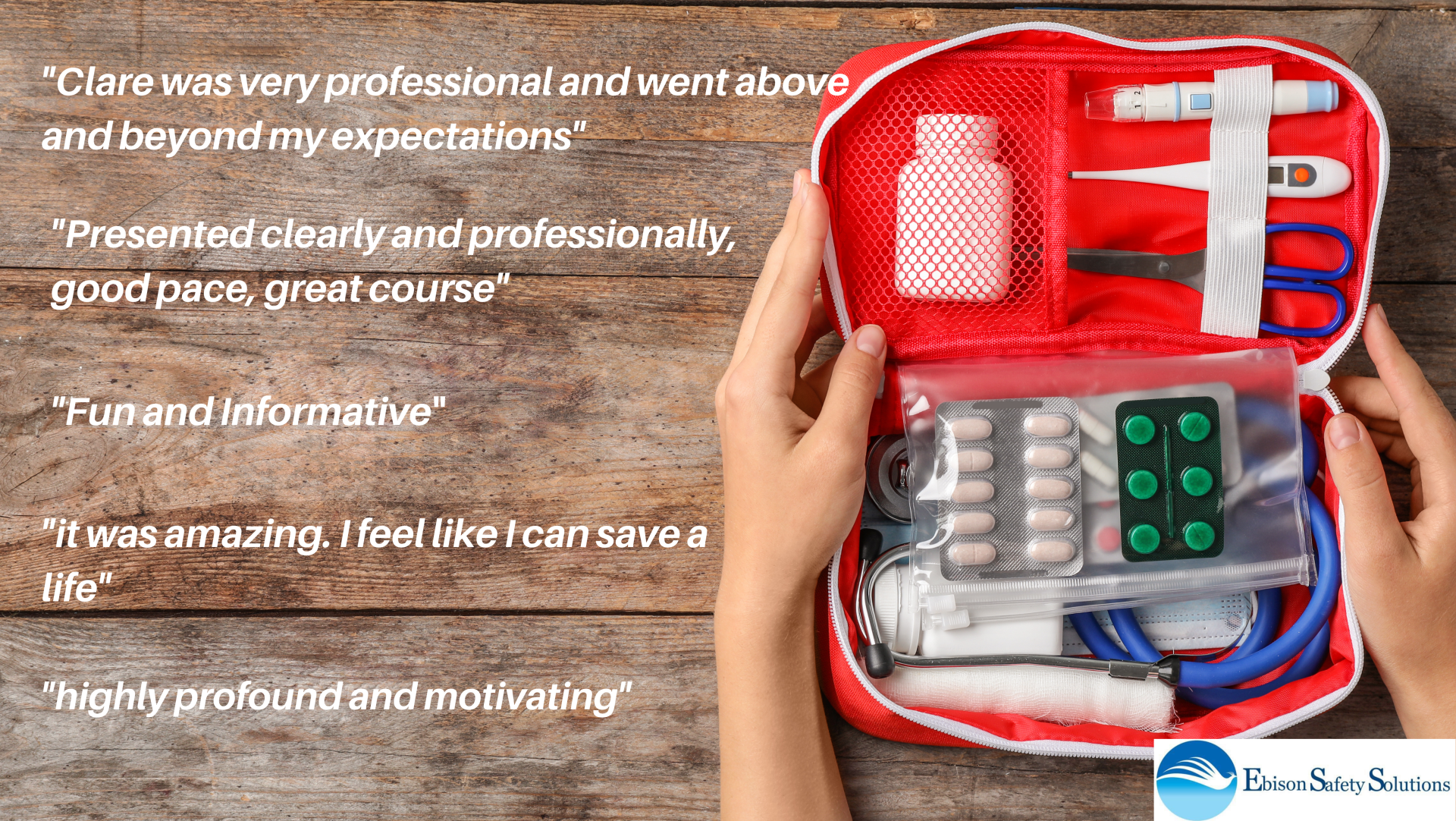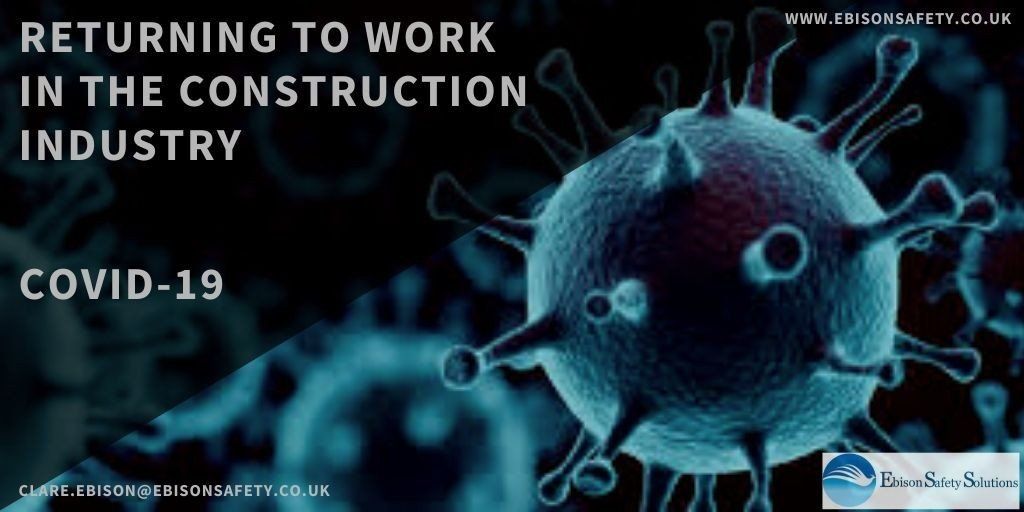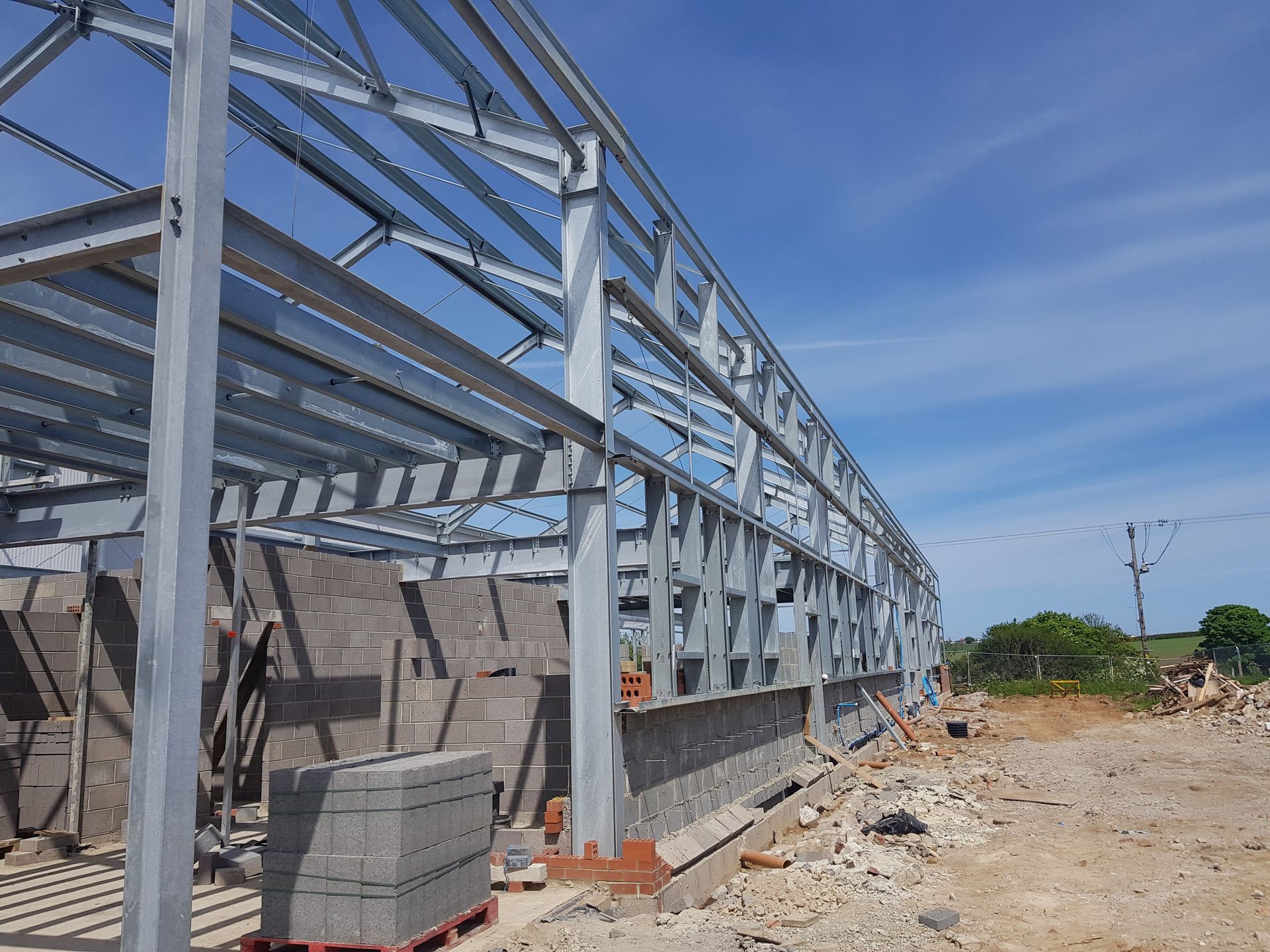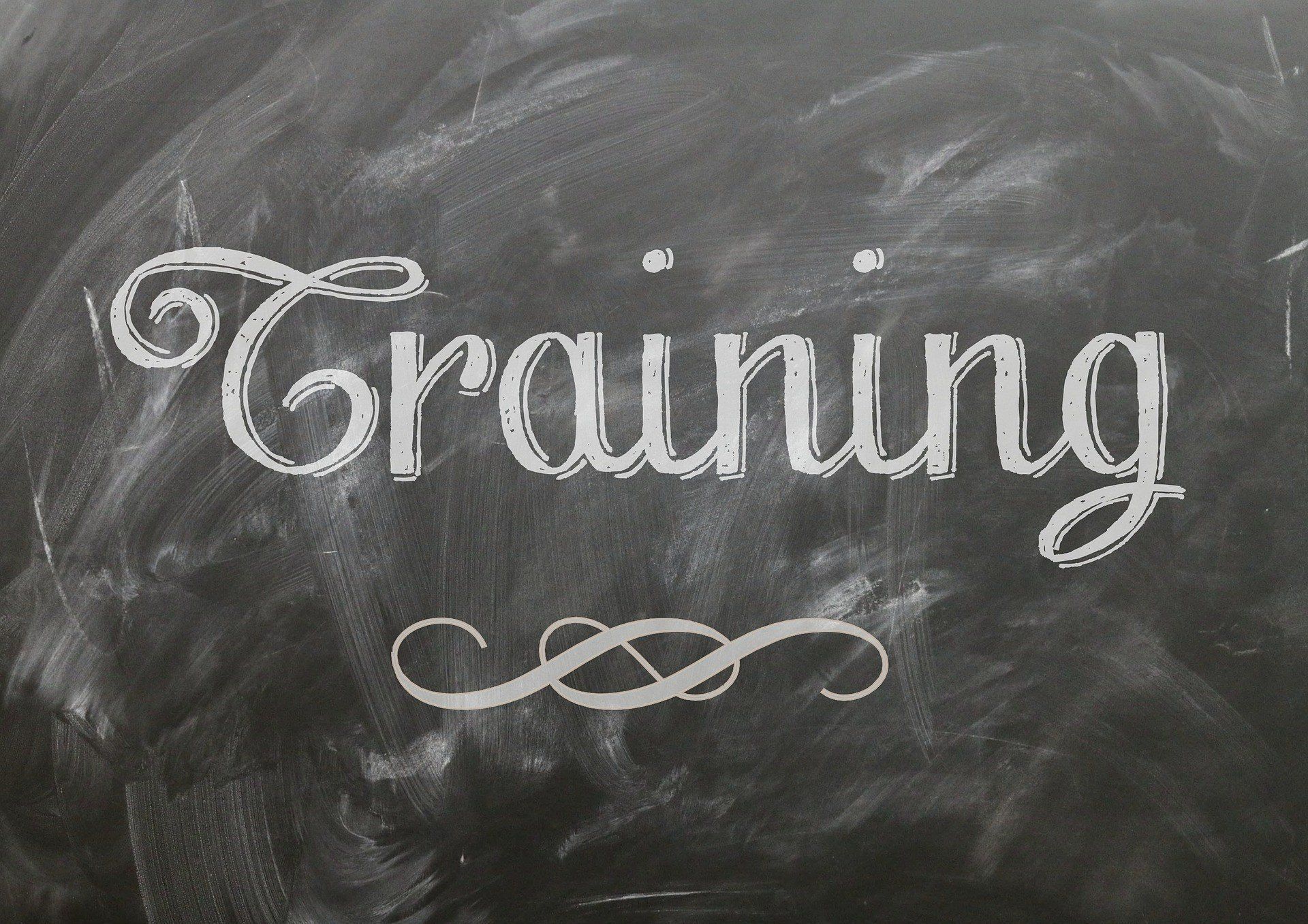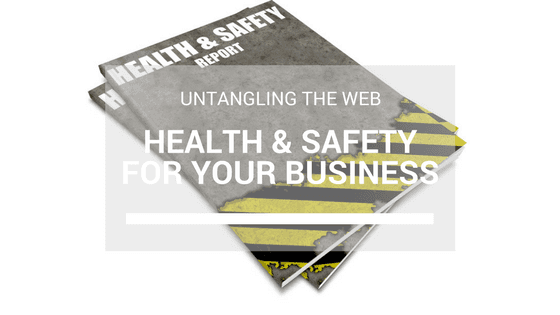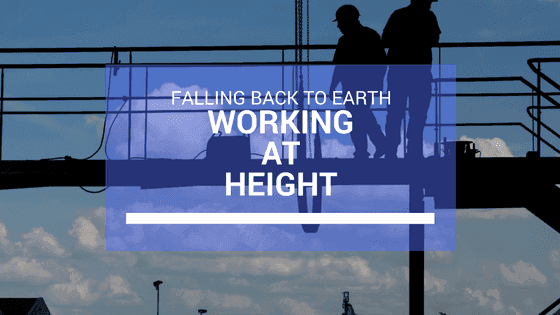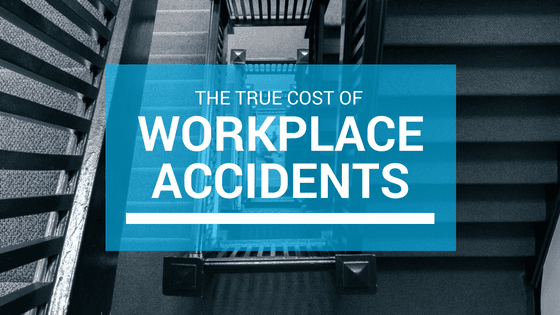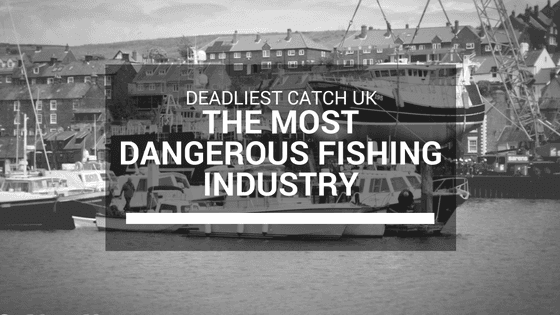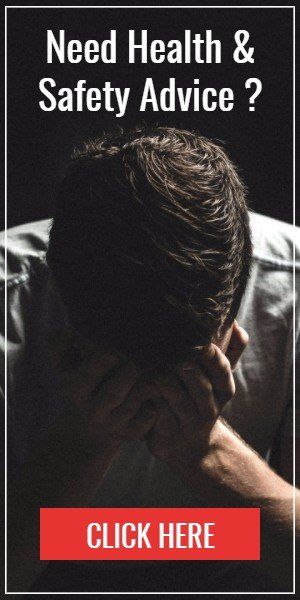Managing Heat Stress
- By Clare Ebison
- •
- 26 Jun, 2018
- •
Tips for surviving the rising temperature and some free tools to help you.
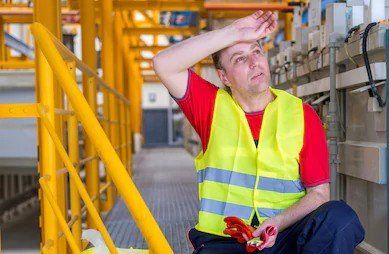
This is because factors other than air temperature, like , humidity and air velocity, become more significant and the interaction between them become more complex with rising temperatures. We've all experienced high temperatures that feel nice and comfortable thanks for a nice breeze, or a lower temperature which is almost unbearable because of high humidity.
What the regulations say is:
‘During working hours, the temperature in all workplaces inside buildings shall be reasonable.’
(Regulation 7, The Workplace (Health, Safety and Welfare) Regulations 1992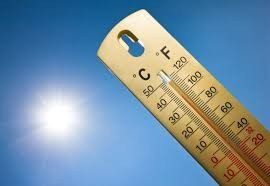
What is a Reasonable Temperature?
It all hinges around questions such as;
- is there a direct heat source in the workplace (stove, furnace, oven etc)?
- is the environment humid (a kitchen or laundry room)?
- do employee need to wear heavy PPE?
- is the work very physical?
Remember your employees are one of the best sources of information about heat stress and thermal comfort. If a large number are complaining about negative effects of heat then you may be exposing them to an unreasonable temperature!

Heat Stress
Heat can also be lost though direct radiation and convection from the body surface
The more well adapted to the heat we become the more efficient our bodies are at this process.
When our body is exposed to too much heat, or heat levels that it is not well adapted to it can overload this system, or we have caused disruption to this process - this can lead to heat stress.
You and your employees must be aware of how to work safely in heat, the factors that can lead to heat stress, and how to reduce the risk of it occurring.
An example of a heat stress situation is:Someone wearing protective clothing and performing heavy work in hot and humid conditions for example someone in an engineering factory, a welder in heavy PPE.
- sweat evaporation is restricted by the type of clothing and the humidity of the environment
- heat will be produced within the body due to the work rate and, if insufficient heat is lost, core body temperature will rise
- as core body temperature rises the body reacts by increasing the amount of sweat produced, which may lead to dehydration
- heart rate also increases which puts additional strain on the body
- if the body is gaining more heat than it can lose the deep body temperature will continue to rise
- eventually it reaches a point when the body’s control mechanism itself starts to fail
The symptoms will worsen the longer someone remains working in the same conditions.
Heat stress can affect individuals in different ways, and some people are more susceptible to it than others.
Typical symptoms are:
- an inability to concentrate
- muscle cramps
- heat rash
- severe thirst - a late symptom of heat stress
- fainting
- heat exhaustion - fatigue, giddiness, nausea, headache, moist skin
- heat stroke - hot dry skin, confusion, convulsions and eventual loss of consciousness. This is the most severe disorder and can result in death if not detected at an early stage
- pregnant women
- young workers
- employees with existing medical conditions (heart problems, diabetes etc)
- older persons
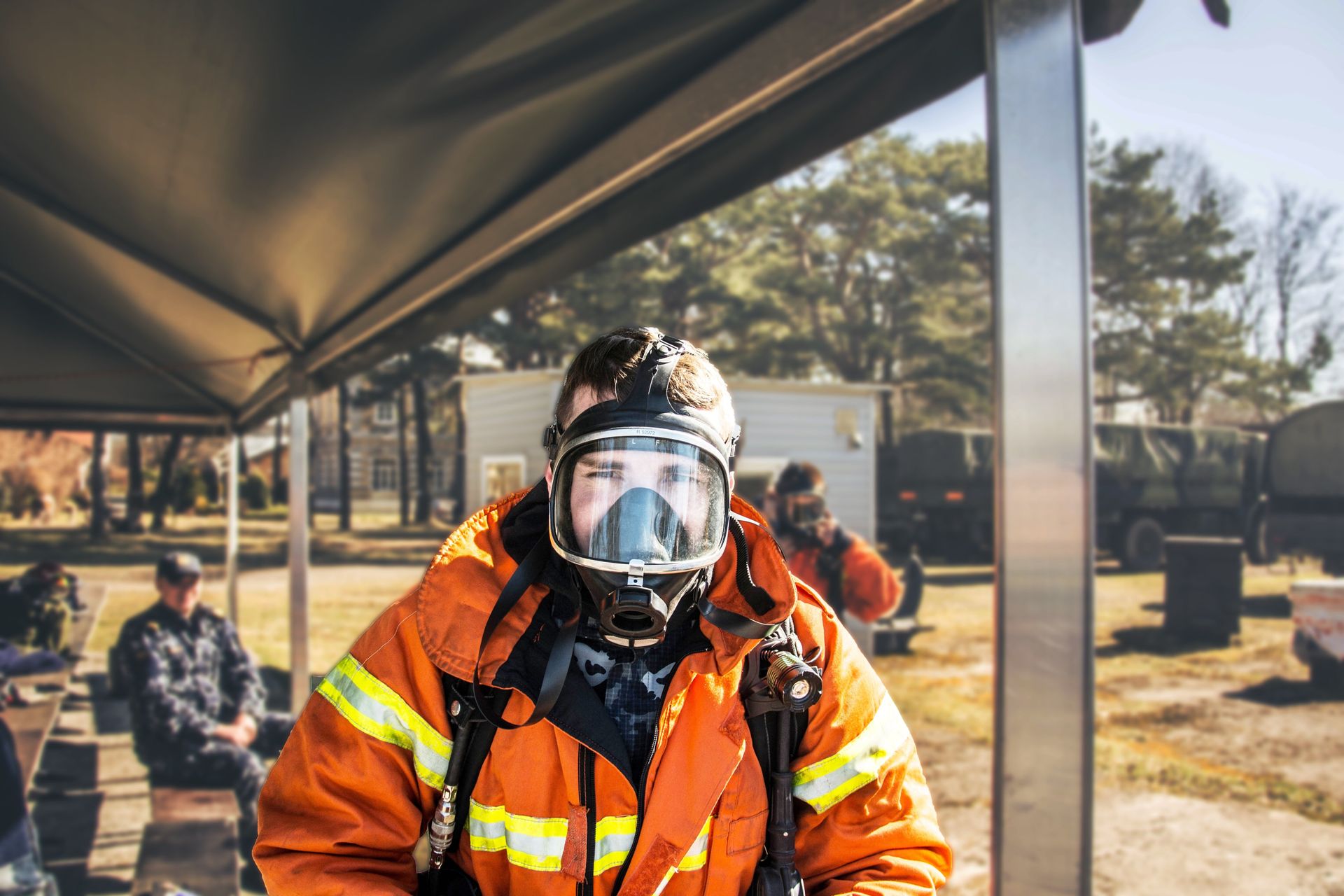
How Can We Control The Risk of Heat Stress?
Not always possible especially for outdoor workers, but one of the first questions to ask is can we control the temperature?
- change the processes
- use fans or air conditioning
- use physical barriers that reduce exposure to radiant heat
Next we can look to provide mechanical aids where possible to reduce the work rate. Regulate the length of exposure to hot environments by:
- allowing employees to enter only when the temperature is below a set level or at cooler times of the day
- issuing permits to work that specify how long your employees should work in situations where there is a risk
- providing periodic rest breaks and rest facilities in cooler conditions
As we mentioned earlier excessive heat causes sweating, our body's natural cooling mechanism, but means losing vital water and minerals that must be replaced. Provide cool water in the workplace and encourage workers to drink it frequently in small amounts before, during (this is not possible in some situations eg respiratory protective equipment use or asbestos removal) and after working.
For workers who are seating a lot, sports drinks can be useful to replace essential electrolytes as well as water - however avoid energy drinks, the high caffeine and sugar will only make things worse.
Think about the type of PPE provided, is their a more breathable or lighter weight option that is as effective, can workers remove it when they are not in an area of risk?
This may help protect workers in certain hot environments. Protective clothing or respiratory protective equipment is often provided to protect from a hazard at work eg asbestos. This type of equipment, while protecting the employee from this hazard may expose the employee to heat stress.
Finally we can provide training for workers, especially new and young employees telling them about the risks of heat stress associated with their work, what symptoms to look out for, safe working practices and emergency procedures.
It is also recommended to allow workers to acclimatise to their environment and identify which workers are acclimatised/assessed as fit to work in hot conditions.
UV risk
How many of us reach for sun protection on holiday but then completely forget at work?
The controls are the same whether on holiday or at work.
- wear clothing that covers skin where possible
- avoid direct sun for prolonged times where possible
- avoid direct sun during midday hours where possible
- use UV protection
You can't give workers sun cream as this falls into the the realm of prescribing and you don't know about allergies however encourage them to use their own, or even have a box of different choices available for them to use.
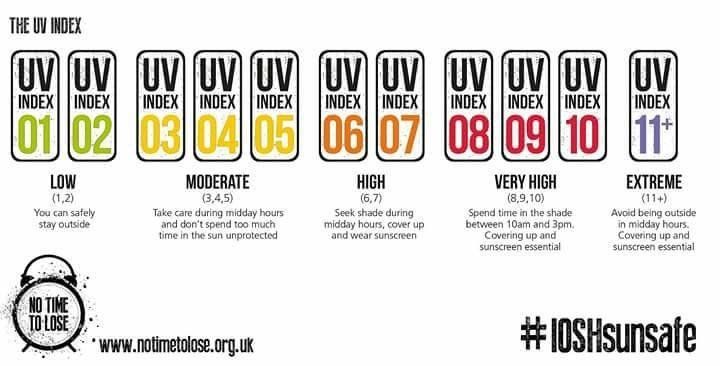
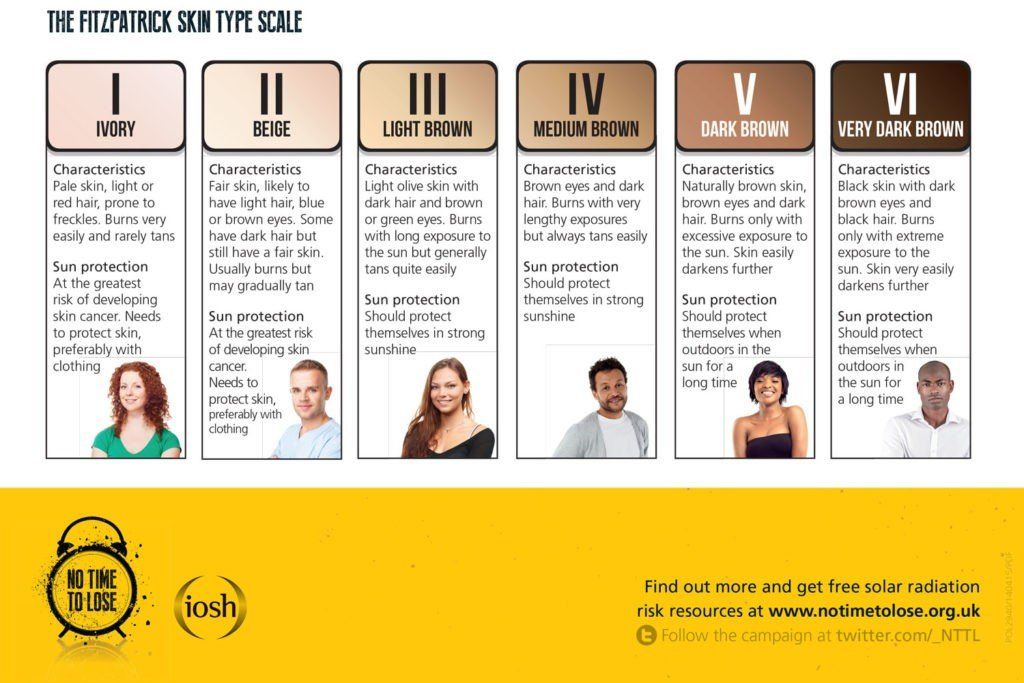
Sign up here for free toolbox talks
If you would like further advice on thermal comfort and protecting your workers or conducting thermal comfort or heat stress risk assessments call me on 07765012152 or email me here
Clare Ebison.

